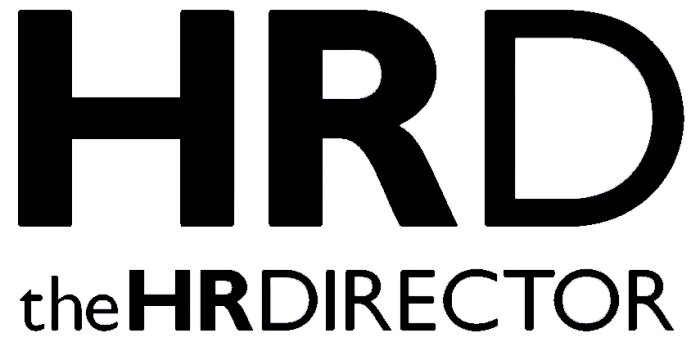The experience economy is fundamentally reshaping our understanding of the workspace. The era of the static, one-size-fits-all office is over. Instead, forward-thinking businesses are moving beyond standard office designs, recognising the need for bespoke, memorable, and engaging workplace experiences shaped by employees – their internal “customers.”
By aligning with employee insights, organisations stand to improve satisfaction and retention, enhance workplace productivity, and foster innovation. This calibration manifests in various ways, from underpinning successful office design to streamlining usability of spaces and technologies. Even seemingly small adjustments, driven by this feedback, can have a significant impact on the overall work experience.
Avoid costly consequences and business barriers
Neglecting to incorporate these invaluable employee insights can have costly consequences and create significant business barriers. Designing workspaces without a clear understanding of employee expectations can lead to reduced productivity, decreased satisfaction, and ultimately, increased employee attrition
To bridge this gap, businesses must strategically adopt technology and services capable of capturing these crucial insights. Just relying on generic one-size-fits-all workspace solutions, without supporting services such as implementation and administration, will likely fall short due to their inherent lack of flexibility. This can hinder smooth integration with existing systems. Instead, the focus must shift towards more flexible workspace solutions – agile, configurable, and innovative in their approach. These can be tailored to align with each organisation’s individual environments, requirements, and the nuanced insights gathered from their workforce.
Consider a business seeking a clearer understanding of how its office spaces are being used. In this instance, applying a one-size-fits-all approach would be much like forcing differently shaped pegs through a round hole – ineffective, unnecessarily complex, and ultimately unproductive. But an agile and innovative approach may include integrating a resource booking system with an existing access control system, meaning only those who had made a reservation could enter the building whilst also providing confirmation of attendance against the booking made.
Doing so means that the business can establish a clear overview and recognise familiar patterns, which can then inform their property strategy. This insight can guide the strategy to ensure it matches the needs of building users and how they need to be supported whilst working.
Using insight to innovate
Data is the key to understanding how workspaces are being used, which makes it an essential driving force in making actional changes to office design and policies. As a result, understanding how to gather and implement this data has never been more crucial.
But where do businesses begin?
To kick start the process, businesses need to adopt workspace management technology that’s capable of implementing a system that integrates smoothly with current workflows. This approach allows the efficient collection of insights without imposing significant time burdens on employees. With each organisation having its own set of distinct needs, it’s crucial to remember that these data collection channels should be specifically tailored to these preferences.
Next, with this information in hand, businesses can hold the findings up against their existing infrastructure. By doing this, they can establish a clear and valuable overview of how their workspace is being used, feedback on this use and where adjustments need to be made to improve the employee experience.
Finally, now that businesses have this overview, they need to act and make these improvements a reality. This can include updating their existing workspace design or policies. For example, data may suggest an employee consistently books meeting rooms for solo use, indicating that they look for quiet spaces to work but there isn’t anything suitable available.
In response, a business could introduce a desk-booking system that allows the employee to easily identify quieter periods in the wider office space. By using this data as a guiding light, the business can interpret the insights shared by its employees, recalibrate its workspace accordingly and remove potential barriers for productive work in the office.
For many, this adjustment process can appear daunting. But it needn’t be. By turning to flexible workplace technologies for support, businesses can ease not only the implementation phase but the insight gathering process too.
Throughout the entire process, it’s important to note that gathering and implementing customer feedback is not a one-and-done process. This means that integrating systems that gather insights in real-time and share recommendations will help businesses to consistently ensure they’re operating efficiently.
Elevating existing and future workspaces
Undoubtedly, the experience economy is reshaping the way businesses think about workspaces. These environments are no longer isolated static spaces, but opportunities for adaptive innovation that are shaped by the needs of internal “customers”.
In light of this, businesses need to understand how these spaces can be reimagined to match these insights and provide employees with the unique, tailored experiences that they want. By doing this, organisations stand to create workspaces that are fit for existing and future workforces.
To make this future-ready workspace a reality, businesses need to understand that sourcing and incorporating customer feedback is a crucial continuous process. As a result, they need to implement tailored systems that source insights in real-time, share recommendations on how to better align with the desired employee experience and support with actioning the required changes.







